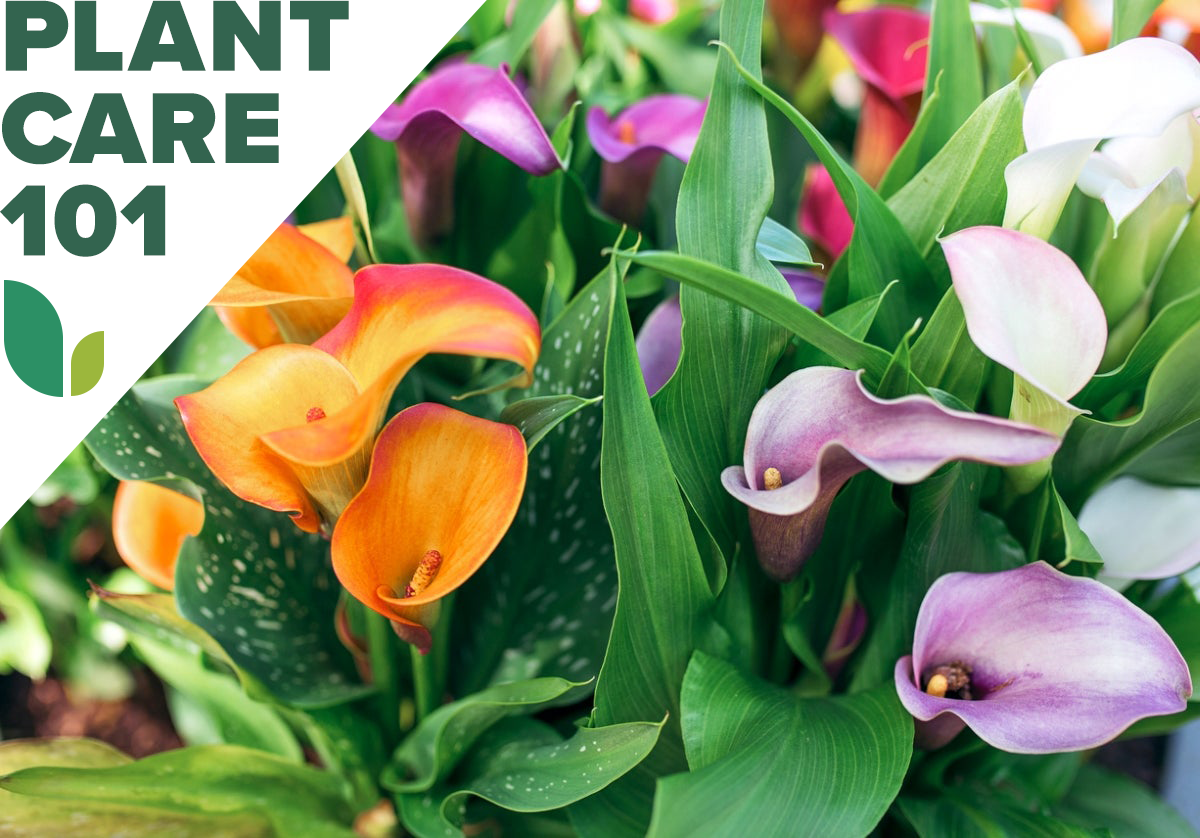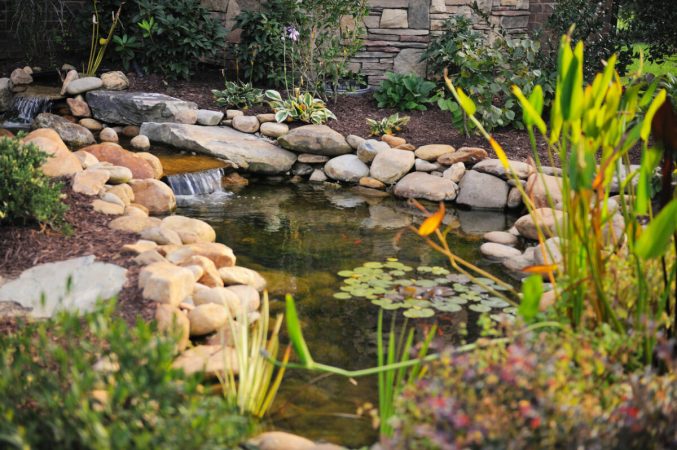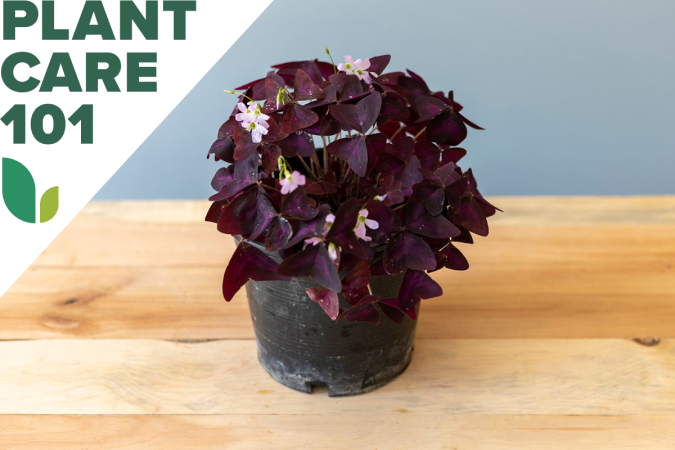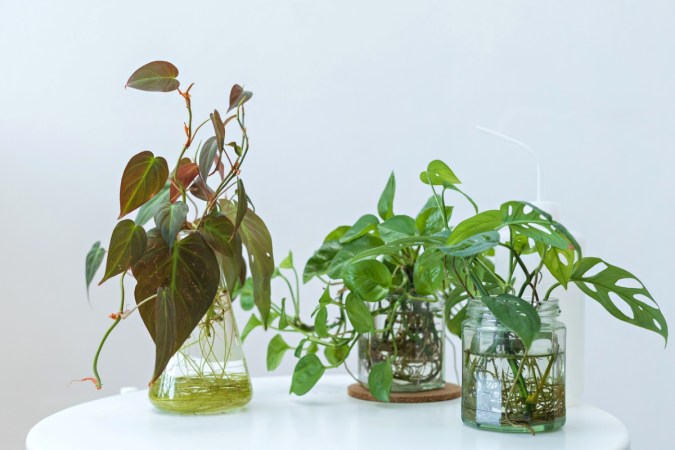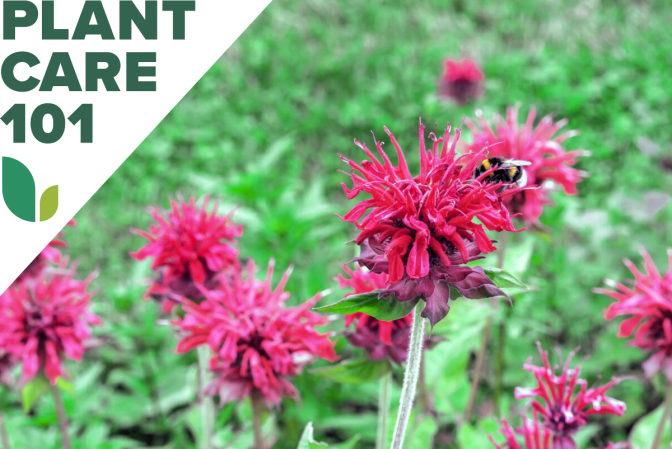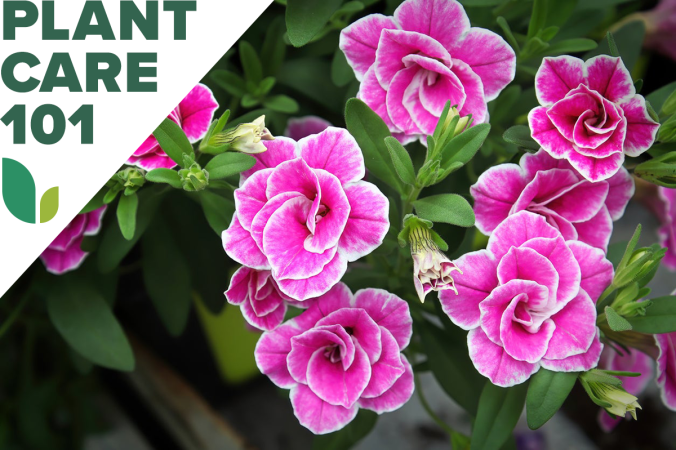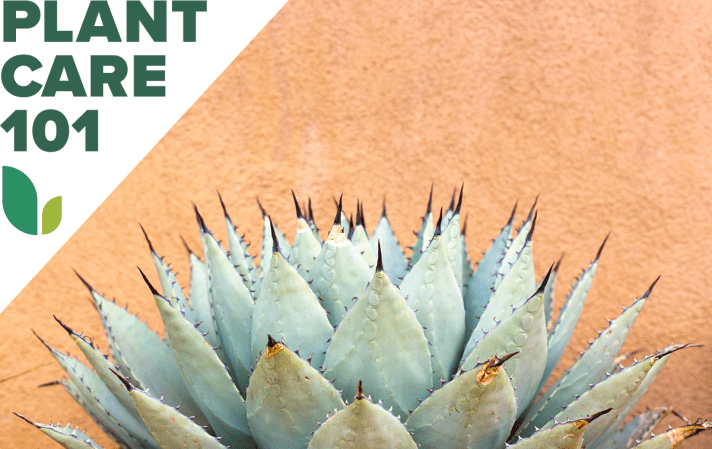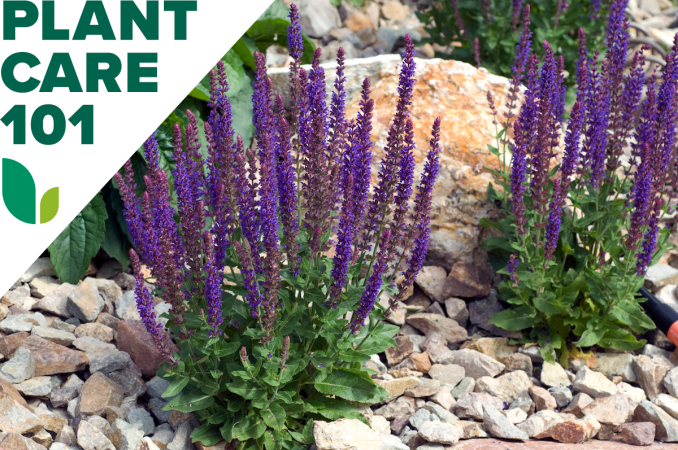We may earn revenue from the products available on this page and participate in affiliate programs. Learn More ›
Due to calla lily meaning “magnificent beauty” in the language of flowers, as well as its associations with purity and fidelity, its chalicelike spathes have become popular in wedding bouquets. However, it used to be the quintessential funeral flower, so it is suitable for marrying, burying, or simply for enjoying its exquisite appearance.
By the way, although calla means “beautiful,” the “lily” in this plant’s name doesn’t actually mean anything, since Zantedeschia is a member of the arum family of tuberous plants instead. Though not difficult, calla lily care can be tricky since caring for the classic white species is much different from maintaining the more colorful hybrids.
RELATED: Late Bloomers: 25 Summer Flowers to Keep Color in Your Garden
Growing Calla Lilies at a Glance
Common Name: Calla lily
Scientific Name: Zantedeschia spp.
Hardiness Zone: USDA 7 to 11
Soil: Wet (Z. aethiopica) or well draining (hybrids)
Light: Full or partial sun
Water: Medium (hybrids) to high (Z. aethiopica)
Food: Organic bulb fertilizer
Propagation: Division of rhizomes, seeds
Safety: Toxic
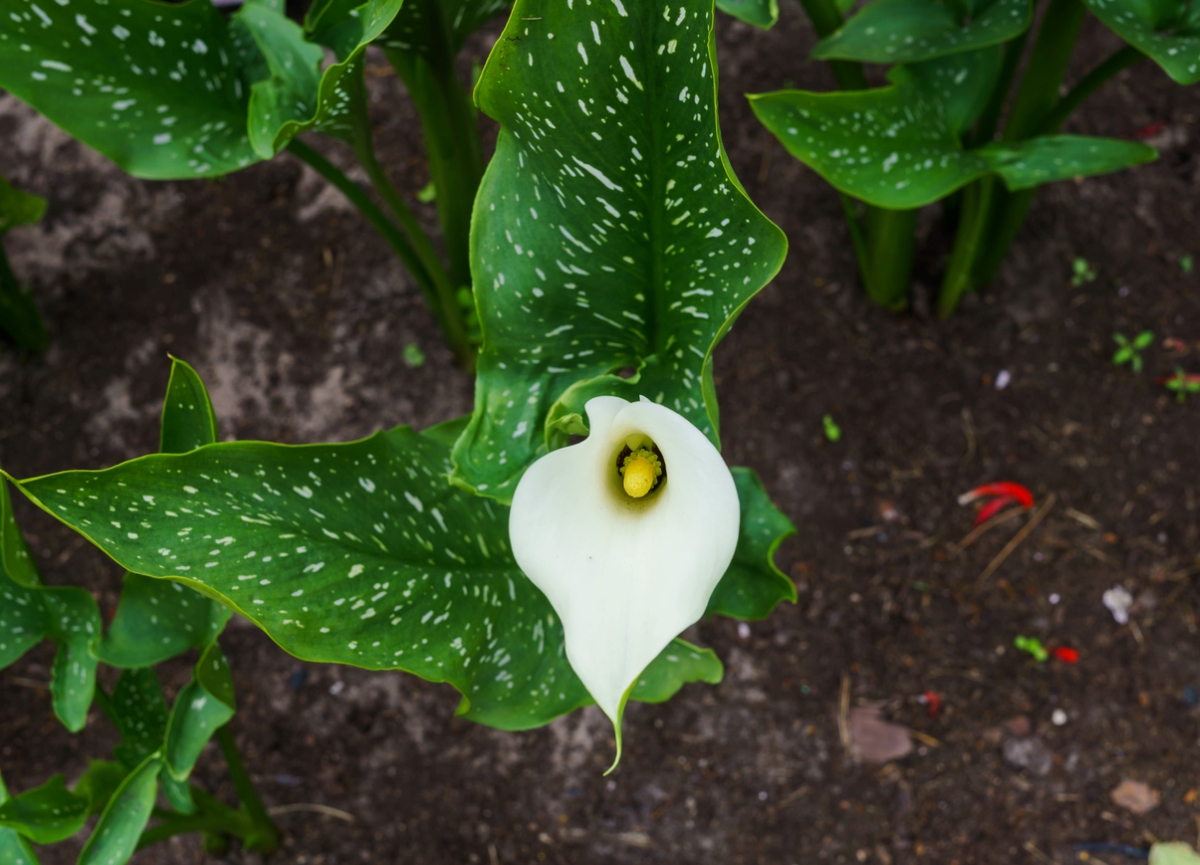
Calla Lily Characteristics
The common white calla, Zantedeschia aethiopica, grows up to 3 feet tall with arrow-shaped foliage and white “flowers” up to 8 inches in length produced from spring through autumn. Those are actually leaf spathes, the tiny blooms on their yellow spadices being the true flowers. Native to the valleys of South Africa, this plant likes boggy ground and can remain evergreen year-round, requiring no period of dormancy to flower.
However, colorful calla hybrids derive from mountainous species that prefer more well-draining conditions. Similar in form to Z. aethiopica but with smaller spathes in a wider array of hues, the plants vary between 1 and 3 feet in height.
Colorful callas bloom in late spring and early summer in zones where they are hardy: USDA zones 8 to 11 and, if mulched, zone 7. When planted after the last spring frost, they flower in late summer and require a dormancy period before they will bloom again.
Recommended Calla Lily Varieties
- Zantedeschia aethiopica: The common white calla lily, this one grows to 3 to 4 feet with white blooms up to 8 inches long.
- Zantedeschia ‘Edge of Night’: This cultivar reaches about 28 inches high with “star”-spattered foliage and 3-inch black lilies.
- Zantedeschia elliottiana: Called the golden calla, this species tops out at 2 to 3 feet with white-speckled foliage and a yellow lily flower up to 6 inches long.
- Zantedeschia ‘Purple Sensation’: This purple lily reaches 18 inches high and features 3- to 5-inch flower spathes, actually a pinkish purple with a darker purple center.
- Zantedeschia rehmannii: Also known as red or pink calla lily, this species grows to 1.5 feet tall with pink spathes 3 to 4 inches in diameter.
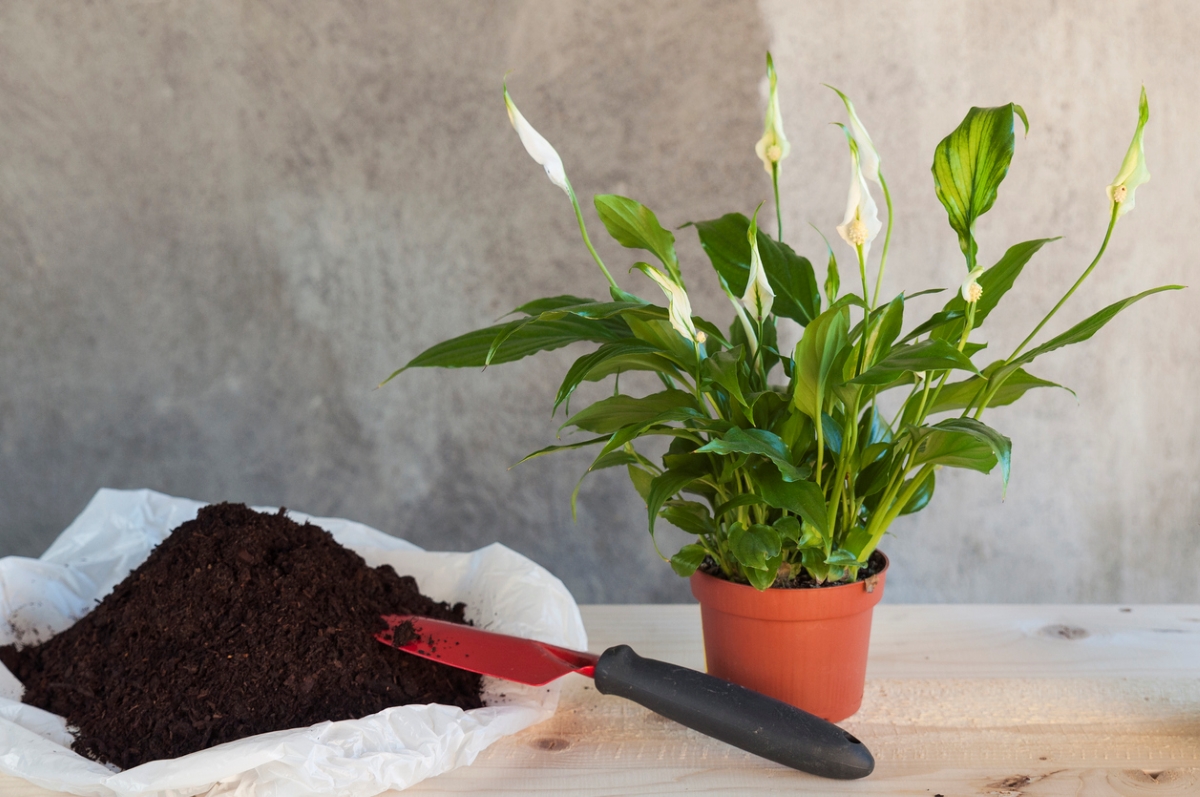
Planting Calla Lilies
When you should plant calla lily bulbs will depend on whether you are growing them in the South or in the North.
When is the best time to plant calla lilies?
Start calla rhizomes in spring in most zones. In USDA Zones 8 through 11 where they are hardy, you can plant them in fall a month before the average frost. In colder zones, plant them in spring after all danger of frost has passed and when soil temperatures are 65 degrees Fahrenheit or warmer for best results. If your season is short, try starting the rhizomes in containers and leaving them indoors for about a month before you plan to place them in the garden.
If you wish to force calla hybrids for winter bloom, keep in mind that they require 2 to 3 months to mature enough to flower. For instance, if you want them for Valentine’s Day, plant them in mid-November in hot zones. Grow calla lilies year-round in a container.
Where can calla lilies grow?
For Zantedeschia aethiopica or its cultivars, choose a location where the soil is always damp or even wet. This species will grow at the edge of garden pools in up to 1 foot of water. For more colorful calla hybrids, choose a location with fertile, well-draining, slightly acidic soil. Callas can flourish in full sun in northern zones but should have morning sun and afternoon shade in southern ones.
How do you plant calla lilies?
If you intend to apply organic fertilizer to the rhizomes, place it beneath them in the hole just before you set them in place.
- Plant the rhizomes of Z. aethiopica or its cultivars 4 inches deep and 6 to 12 inches apart.
- For other calla species or hybrids, plant the rhizomes 2 inches deep and 12 to 18 inches apart.
- Make sure that the side of each rhizome that contains the eyes (growth buds) is facing upward before you cover it with soil.
Can you grow calla lilies in containers?
Hybrid calla lilies also fare well in containers outdoors during summer and sometimes are offered in kits for forcing indoors during winter. They can be spaced a little closer in containers than in a garden bed. Plant only one large rhizome or three smaller ones in a 6- to 8-inch container. A 10- to 12-inch pot can contain three large rhizomes. Cover them with 2 inches of soil. Whether in a container or the ground, calla lilies usually bloom for at least 6 weeks.
RELATED: Vermiculite vs. Perlite: Which is Best for Your Potted Plants?
Watering Calla Lilies
Calla lilies like damp to wet conditions, including those found at the edge of garden ponds, and their soil should never be allowed to dry out. For the more brightly hued hybrids, the soil should be kept evenly moist but not soggy, since too much water can rot the rhizomes. For hybrids planted in containers, gradually allow the soil to dry out once the lilies’ foliage begins to die back into dormancy.
Fertilizing Calla Lilies
Feed calla lily rhizomes planted in the ground with an organic bulb fertilizer such as 3-5-3 at the rate recommended on the package or about 1 pound for every 15 square feet of soil. Scatter the fertilizer over the soil beneath the rhizomes when you plant them. In subsequent years, where the lilies are hardy, apply the fertilizer to the surface of the soil after the plants finish blooming in autumn. For potted bulbs, use a heaping ½ tablespoon per plant.
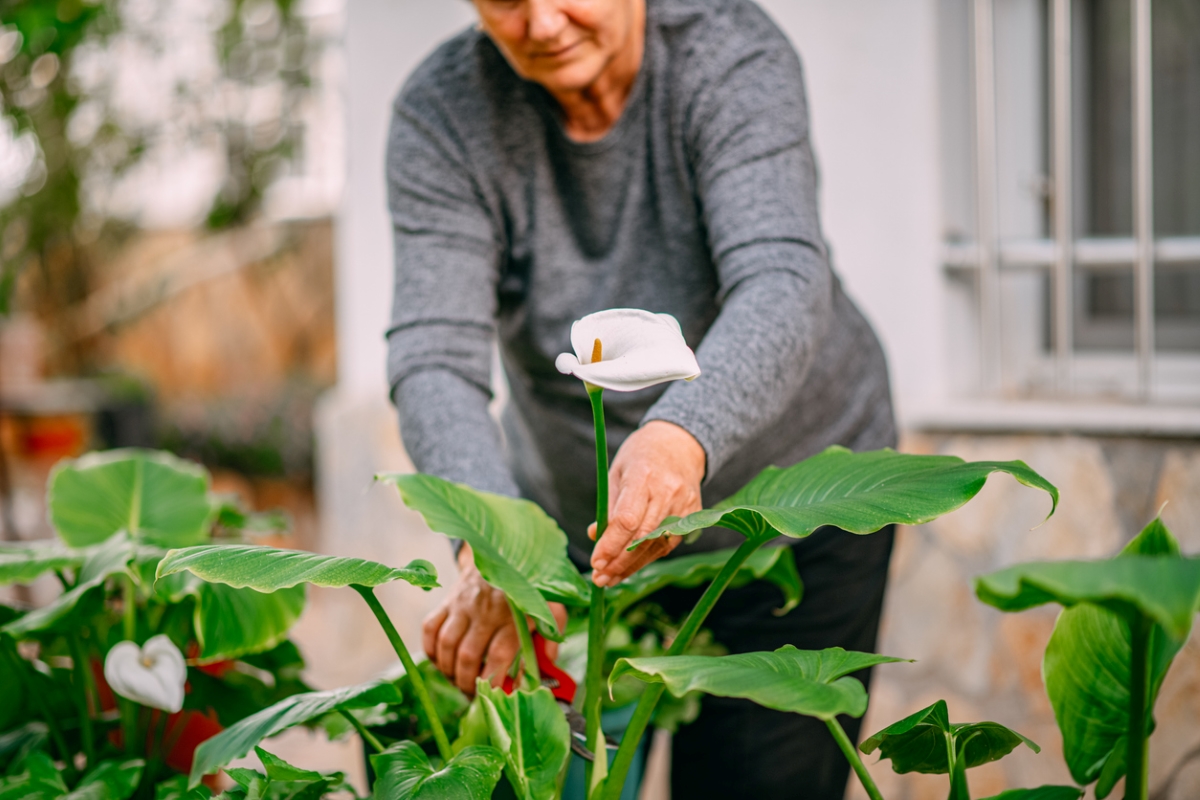
Pruning Calla Lilies
Zantedeschia aethiopica can grow leggy during the summer and doesn’t have the typical dormant period. Therefore, in The Unexpected Houseplant, author Tovah Martin suggests that you cut all of the plant’s foliage back in autumn if you intend to take it indoors for the winter. It should begin to grow again almost at once. Zantedeschia hybrids don’t require pruning, though you will want to deadhead faded flowers to keep the plants blooming and remove dead foliage after the plants go dormant.
Propagating Calla Lilies
In zones where calla lilies are hardy, divide and replant their rhizomes in autumn, spacing them as described under “Planting Calla Lilies” above.
You also can propagate zantedeschia species from seed, but hybrids won’t come true that way. Soak the calla lily seeds for 24 hours before sowing them ¼ to ½ inch deep in damp and sterile seed starting mix. If you keep them at about 70 degrees Fahrenheit, they can germinate within 4 or 5 days, but it may take up to 3 months to do so. Seedlings usually require 2 to 3 years to grow large enough to bloom.
RELATED: 25 Lush Patio Plants for Your Outdoor Seating Area
Safety Considerations
All parts of this plant, including the calla lily flower, contain calcium oxalate, which induces burning—and sometimes swelling—in the mouths of people and animals when consumed. According to the American Society for the Prevention of Cruelty to Animals, it also can cause “excessive drooling, vomiting, and difficulty swallowing.” Poison Control notes that “although life-threatening symptoms are rare, severe irritation of the throat and tongue can result in swelling, which then threatens to block the windpipe.”
The plant’s sap also may irritate your skin or burn if it gets in your eyes. Wear gloves when you intend to prune it, and avoid touching your eyes during that time.
Potential Pests and Diseases
Although deer reportedly don’t care for callas, squirrels and voles may dig up the rhizomes, though whether those pests actually will continue to chow down once they “feel the burn” of calcium oxalate is anybody’s guess. To prevent the depredations of such rodents, you can enclose the rhizomes in bulb cages or line your planting holes with paw-pricking crushed gravel or chicken grit. Place another layer over the top of the soil to encourage pests to look for easier eats.
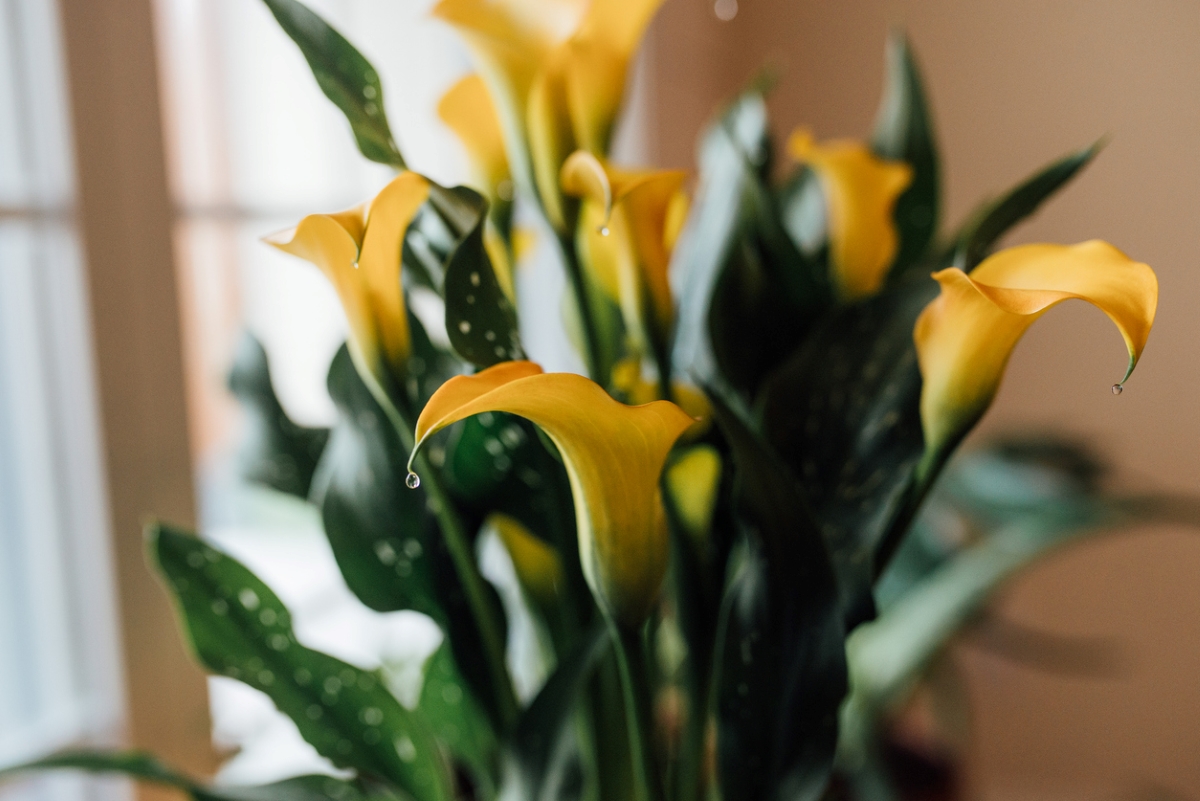
Overwintering Calla Lilies
If you live where hybrid calla lilies aren’t hardy, you will want to keep their rhizomes dormant indoors over winter so you can replant them in spring. Since Zantedeschia aethiopica doesn’t go dormant, you will need to keep it indoors as a houseplant during the winter months.
When is the best time to bring calla lilies indoors?
For calla hybrids, wait to dig the rhizomes until after frost has caused their foliage to die back to ground level. Bring a potted Zantedeschia aethiopica plant indoors before your first frost in autumn, placing it in a bright, cool location with a temperature between 55 and 65 degrees Fahrenheit.
How do you overwinter calla lilies?
To protect calla lilies from freezing, gardeners who live in zones where the plants aren’t hardy should dig up and store their rhizomes over the winter.
- After frost has killed the foliage, cut it off at a couple of inches above ground level.
- Dig the rhizomes and shake any excess soil off of them.
- Spread them out to dry in an indoor location such as a garage for a couple weeks.
- Store the rhizomes at 50 to 60 degrees Fahrenheit in a box filled with a light, barely damp medium such as peat moss, sawdust, or vermiculite.
- Check the box a few times during winter to make sure the soil is not too wet (which can rot the rhizomes) or too dry, which can cause them to shrivel.
Looking for more bouquet flowers? Check out our guides on growing dahlia, gerbera, and zinnia.

